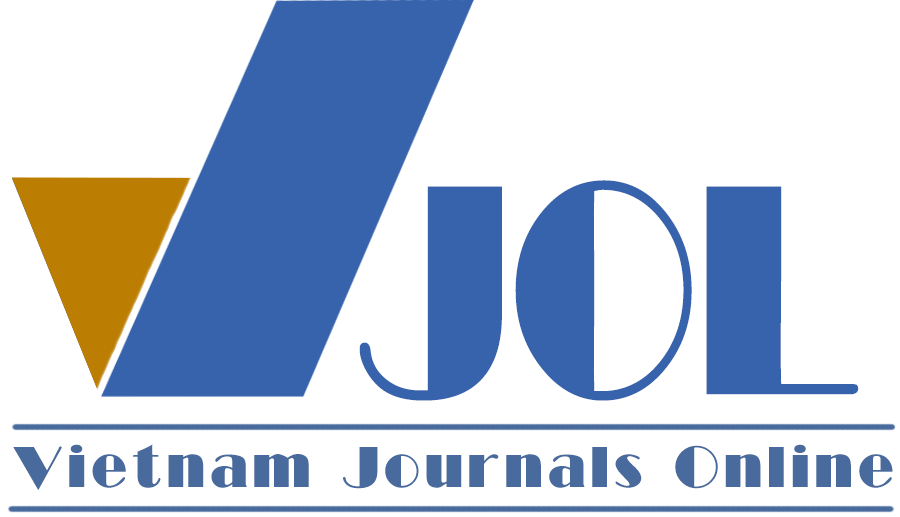How does bilateral trade and other socio-economic factors influence: The international migration flows in ASEAN countries
Authors
DOI: https://doi.org/10.57110/vnujeb.v3i2.157Keywords:
International migration flows, bilateral trade, ASEANReferences
Adedoyin, F. F., Bello, A. A., Abubakar, I. F., & Agabo, T. J. (2020). How does governance factors influence the trade impact of migration and capital flows in the EU? Journal of Public Affairs, 21(2), e2207. https://doi.org/10.1002/pa.2207
Bang, J. T., & MacDermott, R. (2018). Does FDI attract immigrants? An empirical gravity model approach. International Migration Review, 52(4), 1285–1310. https://doi.org/10.1177/0197918318768554
Czaika, M., & Parsons, C. R. (2017). The gravity of high-skilled migration policies. Demography, 54(2), 603-630. https://doi.org/10.1007/s13524-017-0559-1
D’Ambrosio, A., Montresor, S., Parrilli, M. D., & Quatraro, F. (2018). Migration, communities on the move and international innovation networks: An empirical analysis of Spanish regions. Regional Studies, 6-16. https://doi.org/10.1080/00343404.2018.1426850
Deardorff, A. V. (1984). Chapter 10 testing trade theories and predicting trade flows. Handbook of International Economics,1, 467-517. https://doi.org/10.1016/s1573-4404(84)01013-3
Figueiredo, E., Lima, L. R., & Orefice, G. (2015). Migration and regional trade agreements: A (new) gravity estimation. Review of International Economics, 24(1), 99-125. https://doi.org/10.1111/roie.12209
Lee, E. S. (1966). A theory of migration. Demography, 3(1), 47. https://doi.org/10.2307/2060063
Ball, R. J., & Linnemann, H. (1967). An econometric study of international trade flows. The Economic Journal, 77(306), 366. https://doi.org/10.2307/2229319
Macková, L., Harmáček, J., & Opršal., Z. (2019). Determinants of international migration from developing countries to Czechia and Slovakia. Ekonomický Časopis, 67(09), 931-952.
Natanael, Y., & Verico, K. (2019). The impact analysis of ASEAN movement of natural person in ASEAN-5 countries skilled workers mobility to Indonesia. International Journal of Economic Policy in Emerging Economies, 12(6), 523-537. https://doi.org/10.1504/ijepee.2019.105206
Pöyhönen, P. (1963). A tentative model for the volume of trade between countries. Weltwirtschaftliches Archiv, 90, 93-100.
Ravenstein, E. G. (1885). The laws of migration. Journal of the Statistical Society of London, 48(2), 167-235. https://doi.org/10.2307/2979181
Tinbergen, J. (1962). Shaping the world economy: Suggestions for an international economic policy. Twentieth Century Fund.
United Nations. (2020). UNDESA World Social Report 2020 | DISD. https://www.un.org/development/desa/dspd/world-social-report/2020-2.html
Downloads
Downloads
Published
Abstract View
PDF Downloaded
How to Cite
Issue
Section
License
Copyright (c) 2023 Huynh Hien Hai

This work is licensed under a Creative Commons Attribution-NonCommercial 4.0 International License.
by VNU Journal of Economics and Business
Most read articles by the same author(s)
- Huynh Hien Hai, The nexus of climatic change, socio-economic factors, and migration in Asia , VNU University of Economics and Business: Vol. 5 No. 4






